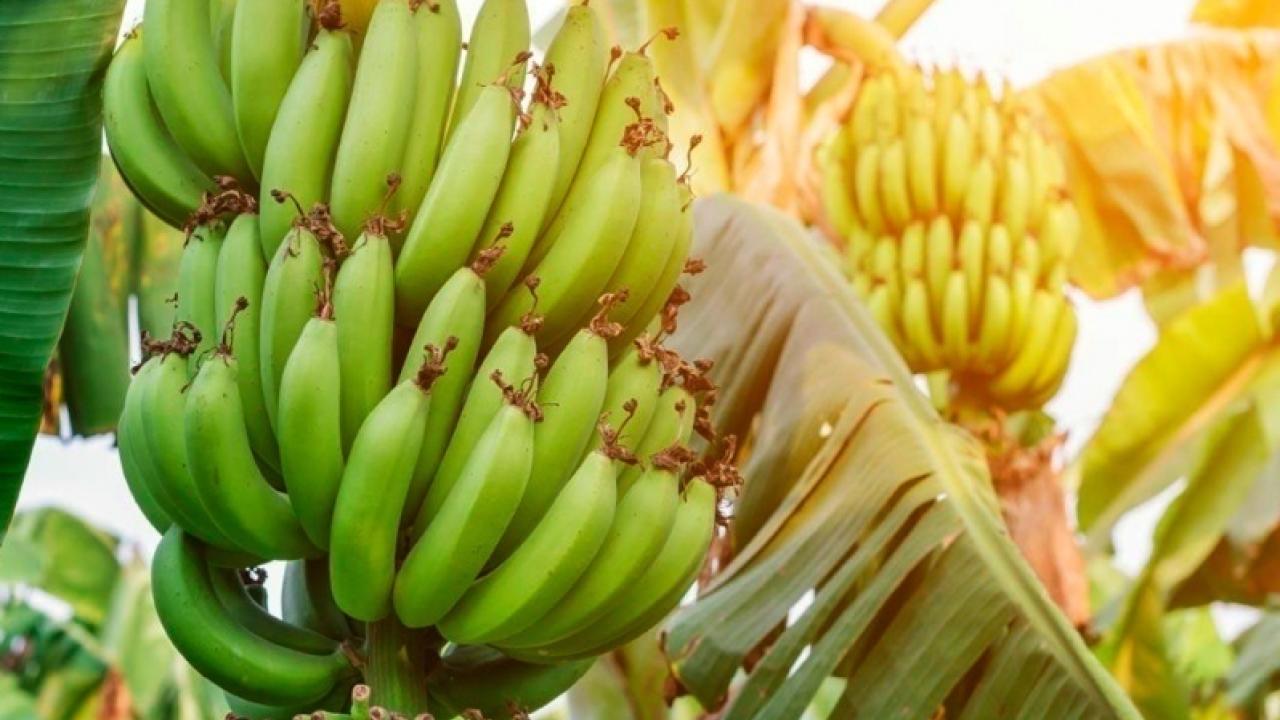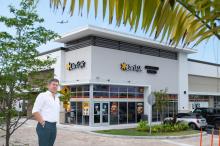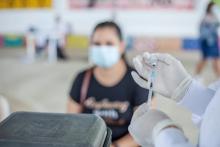
The Andean country's banana sector analyzes the factors that played against and in favor of it in 2024.
2024 ended with the Ecuadorian banana sector in recovery, after a year with exports below those achieved in 2023, the last three months of last year shipments of the second most important product in Ecuador's non-oil exportable supply began to grow, according to statistics from associations such as the Association of Banana Exporters of Ecuador (AEBE) and the Association for the Marketing and Exportation of Bananas of Ecuador (Acorbanec), which from January to November report between 5.20 and 5.53 million more boxes exported.
The heads of Acorbanec and AEBE analyse the factors that led the sector to reduce its exports for most of the year and also what influenced its recovery.
According to Richard Salazar, executive director of Acorbanec, climate change has affected banana production in Ecuador and Latin America.
Although the phytosanitary conditions of the farms were optimal and there were greater sheathings from January to October 2024 (6.81%) compared to the same period in 2023, which suggested greater production, due to this climate change (high solar radiation, cold, excessive rainfall on certain dates, etc.) the bunch yield (ratio) was much lower, affecting productivity and production.
Another factor that impacted exports was the conflict between Russia and Ukraine, with a reduction in exports to Russia from January to October of 12.24%.
For his part, José Antonio Hidalgo, executive director of AEBE, points out that among the factors that impacted the banana business in 2024 are the social weakening caused by insecurity, electricity rationing and the implementation of new taxes, such as the three-point increase in the value-added tax (VAT) and other taxes aimed at the fight against criminal gangs.
“These factors have affected cash flow in all sectors. According to the Central Bank of Ecuador, by the second quarter of 2024, household consumption and that of the Daniel Noboa government fell by 2.2% and 0.6%, respectively,” it said.
He added that although prices have remained relatively stable in the banana sector, the intensification of moko - a bacteria that affects bananas - in some farms has also reduced production.
However, the head of the AEBE says that this deficit has been partially compensated by replanting on other farms, which allowed an increase in exports of 0.3% until October, although this is an insufficient figure to guarantee adequate sustainability.
The effects have also been felt globally, Hidalgo said, noting that geopolitical instability has negatively impacted trade, disrupting normal supply chains, increasing prices and making access to raw materials difficult.
“The main lesson from these situations is that, in order to maximize the benefits of current and future free trade agreements, there can be no improvisation. In addition, collaboration between the Noboa government and the private sector is essential to address challenges such as controlling moko and encouraging investment in research,” he says.
"BANANA SECTOR IS VICTIM OF CONTAMINATION BY DRUG TRAFFICKING"
Regarding security, the executive director of Acorbanec highlights that 66% of port and shipping export movements are generated by the banana sector, and assures that it is the only export sector that moves more than 5,200 containers per week, which has caused banana containers in particular to be contaminated with narcotics, affecting the image of the Andean country and causing losses to the export sector.
Salazar says that the banana sector is a victim of this contamination.
MORE EXPORTS AND A "SPOT" PRICE MUCH HIGHER THAN THE MINIMUM SUPPORT PRICE
On the other hand, there were also other factors that benefited the business. Salazar points out that due to the reduction in the exportable supply of bananas, the spot price, that is, the market price, from week 1 to week 50 on average has been US$ 7.9 per box of bananas, that is, well above the minimum support price, which was US$ 6.85 per box in 2024.
In addition, exports to major destinations grew, such as the United States, which received 29.51% more bananas from January to October 2024 compared to the same period in 2023; shipments to Italy grew by 40.99%; to Saudi Arabia, by 27.71%; to Algeria, by 30.02%; to South Korea, by 235.64%; and to Germany, by 14.42%.
Meanwhile, Hidalgo highlights the positive side of the fact that the sector continued to work to strengthen competitiveness, promote trade openness, address security risks, respond to phytosanitary alerts and promote the formalization of the sector.
“In 2024, our agenda has been focused 85% on local issues, working with more than thirteen public institutions that regulate the industry, and 15% on addressing challenges in international forums and spaces.”
He also indicated that currently 50% of the sector's projects are aimed at improving production conditions, addressing issues such as productive irrigation, aerial spraying regulations and the incorporation of new agricultural technologies.
“32% is geared towards promoting exports, driving trade agreements with strategic markets such as China and Korea. 12% is intended to benefit both producers and exporters, optimizing systems of the Ministry of Agriculture and Livestock and promoting the formalization of the industry. Finally, 6% of our projects are developed in collaboration with members of the value chain, with a special focus on aerial spraying and the use of drones,” says Hidalgo.









